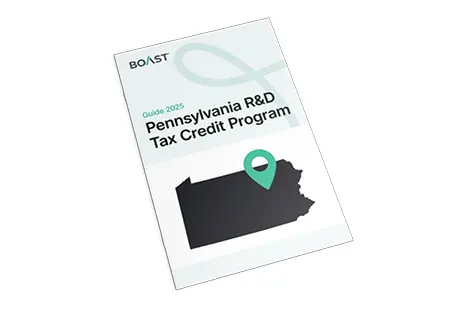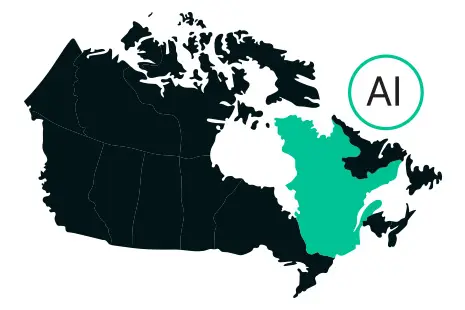Does my project qualify for innovation capital?
New for 2026: Eligible Canadian public corporations can now qualify for enhanced refundable credits. To qualify, you must be Canadian resident, have shares listed on a designated stock exchange (or elect to be a public corporation), and not be controlled by non-residents.
- 1
Technological Advancement: The goal is to generate or discover new knowledge that advances the understanding of science or technology. In business terms, this means attempting to create something new or improve existing capabilities beyond current knowledge.
- 2
Scientific or Technological Uncertainty: These are challenges where existing methods, procedures, and knowledge cannot solve the problem. Competent professionals in the field must be unable to predict the outcome using their existing training and knowledge base—new knowledge is required to overcome the uncertainty.
- 3
Systematic Investigation: Your research project must follow a systematic approach including: documenting your process, identifying technological uncertainties or problems, formulating hypotheses to solve them, conducting testing and experimentation through means of experiment or analysis, and reaching logical conclusions based on results.
What work doesn’t qualify for SR&ED?
Important Note: Simply adopting or implementing existing technology does not qualify as SR&ED. However, developing new processes or undergoing experimental modifications to overcome technological uncertainties may qualify.
What are SR&ED-eligible expenditures?
How can I calculate overhead costs?
What are the enhanced credit rates for 2026?
FOR CCPCS
FOR ELIGIBLE CANADIAN PUBLIC CORPORATIONS
FOR OTHER CORPORATIONS, INDIVIDUALS, PARTNERSHIPS AND TRUSTS
These enhanced rates apply to taxation years beginning on or after December 16, 2024.
What documents do I need to apply for SR&ED?
FILING DEADLINE
Must be filed no later than 18 months after your tax year-end.
How can I support my application?
If you’re a new claimant filing for SR&ED, understanding the CRA’s expectations may be challenging. Here are crucial pointers for claim acceptance:
Questions? Boast can help.
Reach out to talk to one of our SR&ED experts to see if your projects are eligible for non-dilutive funding. Our technology and expertise combined give you the tools to derive greater value from your R&D processes every day.



